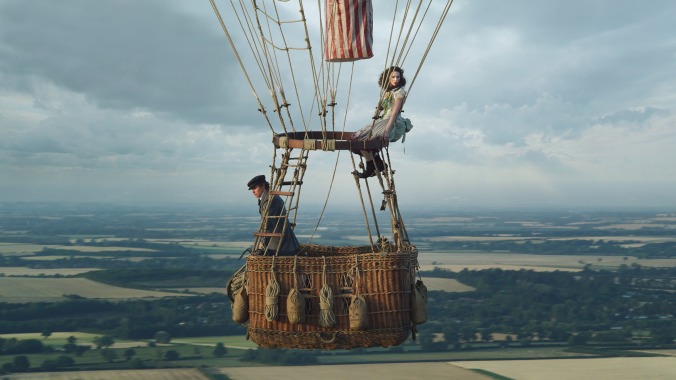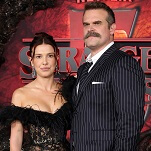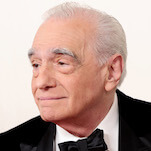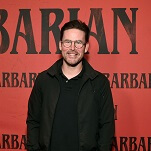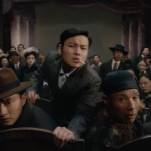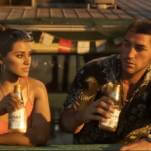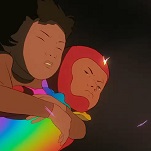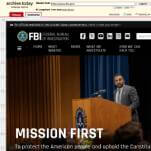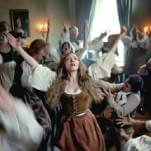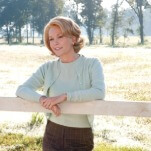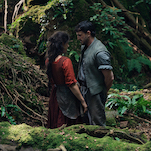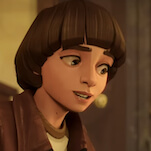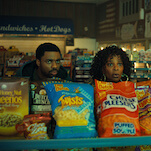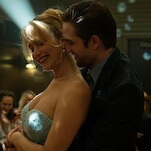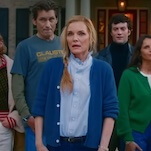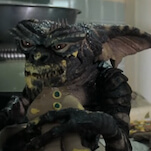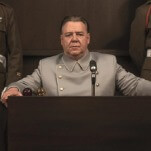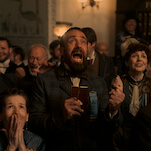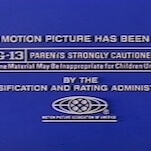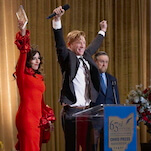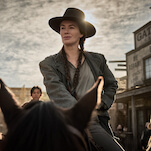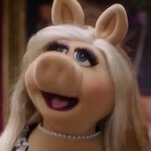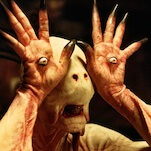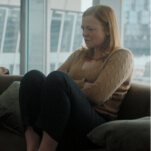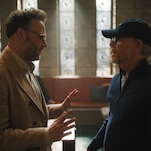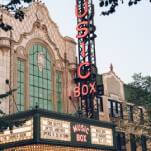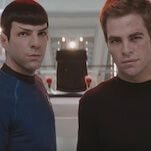The movie is also over and out in well under 120 minutes, but, disappointingly, its mission is not depicted in real time. Director Tom Harper, who also conceived the story with screenwriter Jack Thorne, feels obligated to circle back and explain what motivates the characters to get into a hot-air balloon, intercutting origin stories with aerial action. Glaisher firmly believes that measuring certain data in the sky might aid in the study of weather patterns, to much scoffing from the rest of the scientific community (including a speech scene where the casting call must have specified that professional scoffing would be required). Wren is more compelling. She’s essentially the hotshot haunted by a past tragedy, and Jones imbues those familiar notes with no-nonsense charm, enhanced by the fact that this part is not often filled by a woman.
Jones’ character in particular is a product of the historical-fiction-level liberties taken with the movie’s real-life source material. The balloon trip itself is a composite of several such fact-finding missions, and while James Glaisher was a real scientist, Amelia Wren is fabricated, supposedly “inspired” by French aeronaut Sophie Blanchard. It’s easy to imagine someone somewhere taking umbrage at this fancifully loose interpretation of hot-air ballooning history, but it’s considerably harder to picture anyone clamoring for more Glaisher at the expense of Wren, whose daring and showmanship masks her levelheaded pragmatism. Characterizing what Redmayne and Jones share here as “chemistry” would be an oversell, but there’s a dorky romance (however unconsummated) to their scenic bickering.
It might seem like a silly lark, the Oscar-nominated Theory Of Everything stars reuniting for a movie about a vastly less-famous scientist tooling around in a weather balloon. But the further afield Aeronauts strays from biopic respectability and the swelling of an inspirational score, the more entertaining it is. There’s a lifeboat-like intimacy to the setting, for which Harper alternates clear (and surprisingly convincing) skyscapes and closer, more shallow focus as the altitude climbs and the temperature drops. Late in the film, Jones gets a sensational, terrifyingly convincing set piece where she must ascend the side of the balloon in sub-optimal circumstances. On the whole, The Aeronauts is a pretty good small-scale adventure movie.
It’s also a pretty dull everything-else, the unceasing flashbacks providing multiple instances where telling might have been preferable to showing. Restricting backstory to what Glaisher and Wren discuss in the balloon’s basket could have been hoary, but at least it would reduce the odds of other characters saying things like, “You can’t just fly away from your problems!” Once in a while, the cuts out of the balloon and into a tedious TV movie work on a basic, suspense-goosing level, providing little commercial-style act breaks. Most of the time, they’re an accidental throwback to a more innocent time, when audiences wouldn’t think wistfully of checking their phones during the dull bits.
